Home Automation
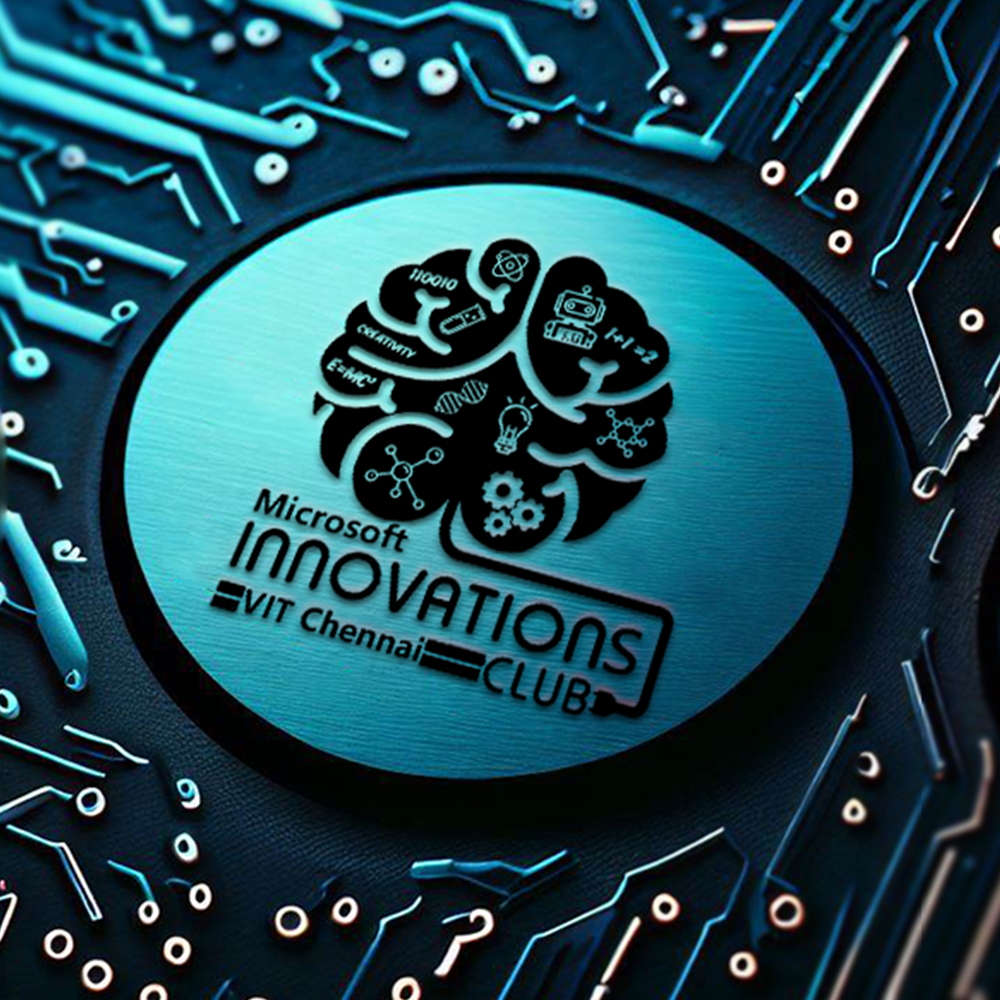 Microsoft Innovations Club
Microsoft Innovations Club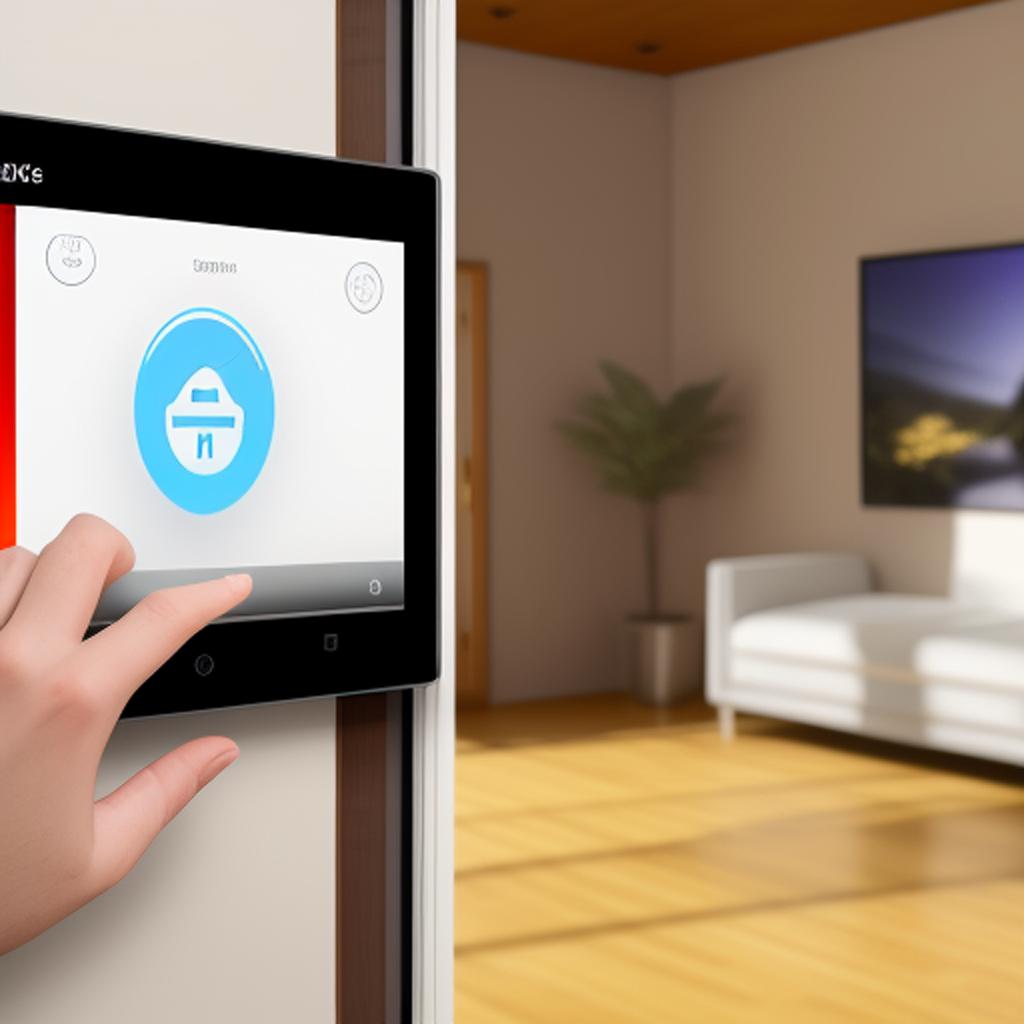
HOME AUTOMATION- ITS PAST AND FUTURE
From Face recognition security cameras for your front door to remote access lights to a smart refrigerator to an automatic vacuum robot to the Alexa voice assistant! We are surrounded by automation and smart appliances in today’s era of home automation!
Today let us dive in to know about home automation, its history its present, and its future!
What is Home automation?
Home Automation is creating new automation technologies for houses that will make them smart using internet-based technologies. These homes/houses that use home automation technologies are smart Homes.
This field of home automation is fastly emerging in technology making homes safer and better places to live. These features help users to virtually monitor and control home attributes like lights, entertainment systems, security, climate control, etc.
Growth prospects of home automation:
Home automation seems to have been creating a buzz in the market with a report by ResearchAndMarkets stating the global wise home market size is expected to reach USD 190.61 billion by 2027, growing at a CAGR of 15.2% during the forecast period.
History of Home automation
Before understanding the innovations in Home automation technology let us have a brief look at where did it stem from.
Home Automation technology, as we know it today, began in 1975 with the invention of X10. X10 is a communication protocol that uses a home’s AC wiring to enable communication between devices and control modules installed in the home. While advanced for their time, these systems tended to be expensive and often required professional installation. X10 opened up the possibility of remote control for hundreds of devices. But it had many problems. It was slow, completely unencrypted, and unreliable due to signal loss and interference. If your neighbor had an X10 system, it’s possible they could end up turning your lights on and off as well as their own!
Now, As the internet gained popularity in the 90s it enabled remote access to smart home systems, but these systems retained many properties of X10 — centralized control, wired devices, and simple automation. While some of the innovations of such as the smart home concept by Microsoft were remarkably prescient.
Microsoft too had planned a concept for Home automation via their HomeOs!
Microsoft smart home concept:
Home door security system Concept:
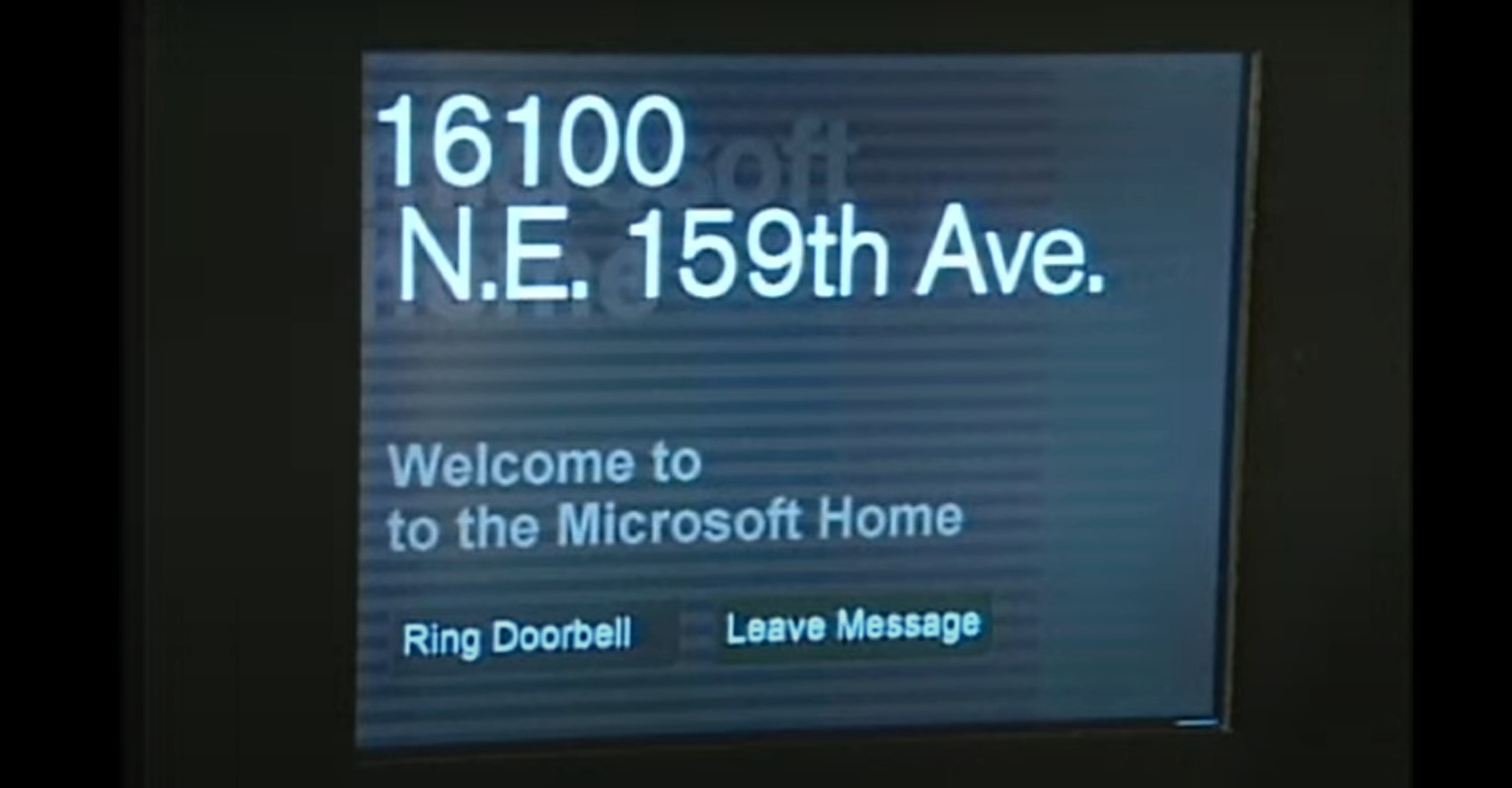
HomeOS by Microsoft is a working title of a Home Automation operating system developed at Microsoft Research in the early 2010s
A home-wide OS BY MICROSOFT:
“It is no secret that homes are ever-increasing hotbeds of new technology such as set-top boxes, game consoles, wireless routers, home automation devices, tablets, smartphones, and security cameras. This innovation is breeding heterogeneity and complexity that frustrates even technically-savvy users’ attempts to improve day-to-day life by implementing functionality that uses these devices in combination,” Microsoft wrote in a post announcing HomeOs
The operating system works in conjunction with a “HomeStore” app market, where you can buy apps to orchestrate activities around the house. The basic idea is to have device makers make their home appliances compatible with HomeOS, and then let developers take over.
Well, these were some innovations that paved the way for later technological advancements that were to come with the rapid adoption of the internet and wireless technology the market for home automation quickly grew in demand for wireless controlled lights, air conditioners, and water heaters.
Current Trends in Home Automation Technology:
When it comes to discussing the current trends in home automation, one has to include the voice assistant devices such as the Amazon Echo smart speaker.
Echo Dot Smart Speaker by Amazon was one such innovation that took the industry by storm, introduced to the market in 2013 the speaker came integrated with Amazon’s Own voice assistant Alexa,
The Echo Dot smart speaker functions on Automatic Speech Recognition (ASR) technology A capability which enables a program to process human speech into a written format.
The echo dot is slowly becoming a common urban household device that lets users synchronize the speaker with their home appliances which enables them remote access to them.
Smart Thermostats:
enable you to control the heating schedule, but they can also sense whether you are in or out and adjust the settings accordingly. This can even be done on a room-by-room basis
AUTOMATED DOOR LOCKS:
Smart Locks senses the locking and unlocking behaviors; thus, it takes a guess-work out of using a key by automating your door to unlock or at times even opening the door before you approach.
AUTOMATION IN CLEANING TASKS:
XIAOMI HAD LAUNCHED ITS ROBOT VACCUM CLEANER NAMED MOP-P, THE ROBOT IS CAPABLE OF AUTOMATIC MOPING AND SWEEPING APART FROM THAT IT CAME WITH ITS DEDICATED CHARGING DOCK AND CREATED WAY LESSER NOISE THAN AN AVERAGE VACCUM CLEANER HENCE MAINTAINING THE PEACE AT HOME THE ROBOT VACCUM CLEANER is equipped with an LDS Laser Navigation System that works with an upgraded SLAM algorithm for real-time mapping, faster scanning and longer scanning range.
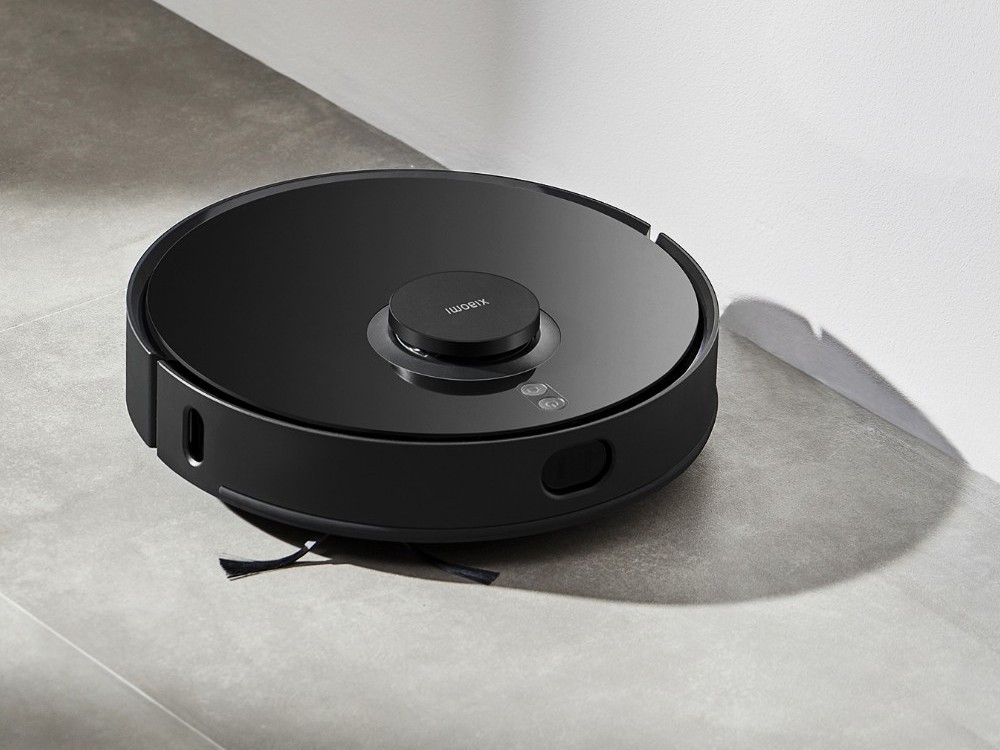
Future of Home Automation:
There’s an increasing trend with residential households being “smart” — which experts predict will surpass 300 million homes in 2023. With the growth of the smart homes market, new security threats are expected to rise. Wirelessly connected devices are more vulnerable to cyber-attacks. Hence, safeguarding connected devices from security threats and vulnerabilities is essential to gain the trust of homeowners and increase the sale of smart home devices.
Here we explore future innovations in the domain of Home automation with companies integrating Artificial Intelligence in their approach toward home automation solutions
SOME BIG NAMES IN THE INDUSTRY LIKE LG AND SAMSUNG HAVE COME UP WITH THEIR OWN SMART HOME AUTOMATION SOLUTIONS INTRODUCING DEEP LEARNING APPLICATIONS TO HOME APPLIANCES LIKE THE LG DeepThinQ
What is LG DeepThinQ?
LG's own AI platform, DeepThinQ, is designed to give products brains so they can predict user needs and adapt different behaviors accordingly
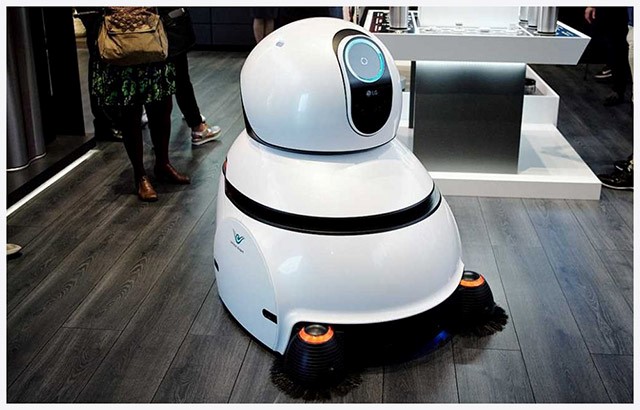
These manifest in different ways depending on the product. Its flagship Hom-Bot robot vacuum cleaner, for instance, uses DeepThinQ tech to recognize objects around a room and react accordingly.
2. SAMSUNG SMART THINGS:
Samsung integrated its SmartThings smart home family of products with Bixby voice control. These products can recognize individuals in the house and adjust all settings according to a person’s preference. The owner can control any smart device through its voice with the help of a Samsung TV or family hub refrigerator. The SmartThings app can also help the owner download streaming apps and sign-in automatically. The Samsung cloud stores all login details of users and offers a simple and convenient solution to keep a backup of data. The Samsung TV can display the person at the front door and act as a hub for other smart devices.
Apart from this Samsung plans to provide users data for their entire household energy consumptions which would help users identify and fix any appliances or devices that may be consuming too much energy, the technology will also guide users to possible solutions for their inefficient appliances
- AMBIENT COMPUTING :
AMBIENT COMPUTING IS A TERM USED FOR THE USE OF COMPUTERS IN THEIR ENVIRONMENT IT IS THROUGH AMBIENT COMPUTING THAT USERS CAN CONTROL THEIR HOME APPLIANCES WITHOUT WORRYING ABOUT DIRECTLY INTERACTING WITH THEM
THE FUTURE OF HOME AUTOMATION WILL BE SHIFTED MORE AND MORE TO AMBIENT SENSORS, WHICH MEANS THAT INSTEAD OF RELYING ON A MANUAL PAD TO CONTROL THEIR APPLIANCES THE USERS COULD SIMPLY USE THEIR SMARTPHONE TO INTERACT WITH THEIR DEVICES
Ambient computing systems are already being developed and tested in some houses, but their adoption will be gradual as they require large-scale infrastructure changes and there are still significant challenges to overcome before they can be widely used by consumers.
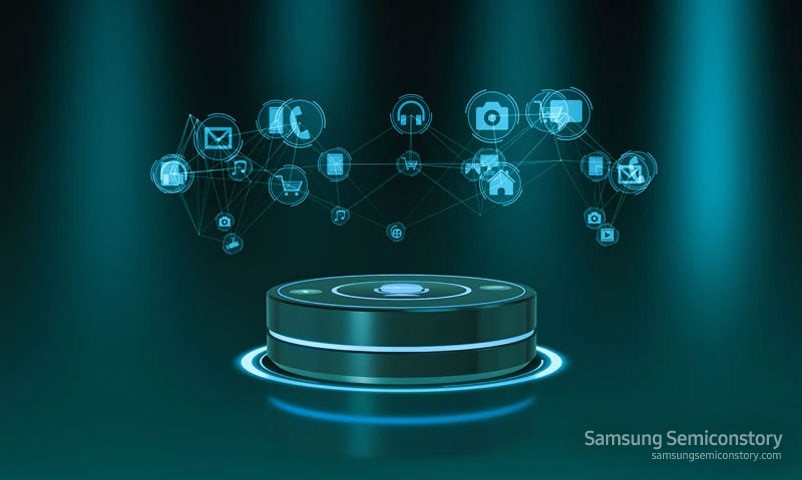
The Good and Bad of Home Automation:
While home automation systems do provide us with benefits like the convenience of use, hands-free usage of appliances, remote access, and energy efficiency it does come with their fair share of cons as well with the major risk being privacy concerns
In today’s world where data leaks and illegal data selling are rapidly getting exposed and gaining public attention, we are increasingly asking ourselves whether it is safe for us to let companies gather data of the most private spaces we own. Home automation is an excellent source for firms to understand ownership behaviors and home trends but it also exposes some really sensitive data we would love to keep confidential.
If we go by statistics the world seems to accept the automation of household systems openly but having a clear understanding of what this means for us as consumers helps us understand the complexities of adopting automation at home and what we are trading in return and whether or not it is worth it!
~ Garvit Agarwal,
Microsoft innovations club, VIT Chennai
Subscribe to my newsletter
Read articles from Microsoft Innovations Club directly inside your inbox. Subscribe to the newsletter, and don't miss out.
Written by
